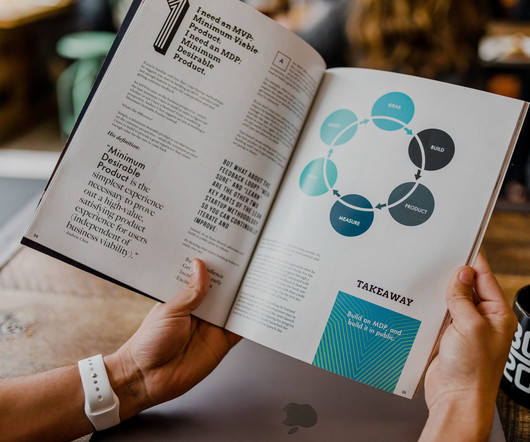This Is What I Believe About Learning in Organizations
The Performance Improvement Blog
SEPTEMBER 14, 2018
This world is one in which humans no longer make things or fix things or sell things or provide basic services. Now tasks done by humans are being enhanced by the Internet, providing the collective knowledge of the world at their fingertips. But none of this is possible without learning. Work is No Longer Work .















































Let's personalize your content